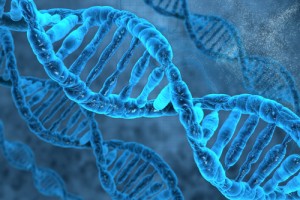What is Forensic DNA?
Deoxyribonucleic acid (DNA) has become
a corner stone for analysis in the field of forensic science. DNA is represented as information required to produce all of our characteristics. Forensic use of DNA incl
udes victim identification, homicide investigations where a suspect may be linked to a crime scene, cold cases, missing persons investigations and post conviction innocence cases.
History of Forensic DNA
The first DNA tests in Forensic Analysis were done by Sir Alex Jerfferys in 1984. They were known as Restriction Fragment Length Polymorphism (RFLP). This allowed analysis for measurement of the size of DNA fragments. Analysts could compare the size of fragments from a known reference and a crime science in order to ‘match’ two DNA profiles. The tests if RFLP are expensive and labor intensive and have been replaced with more sensitive tests
PCR, polymerase chain reaction is a method that was developed in 1987 to make multiple copies from a small sample of DNA.
In 1998, the FBI added newer test known as STR or short tandem repeat. Like previous PCR it works well with small and degraded samples.
The Research Productivity Council located in Fredericton has recently started doing DNA testing, check out their brochure here!